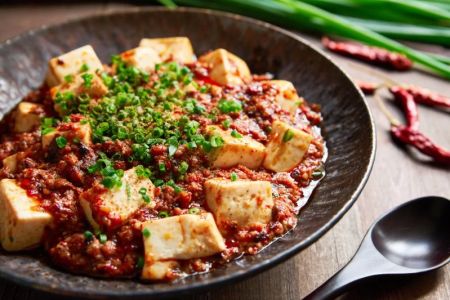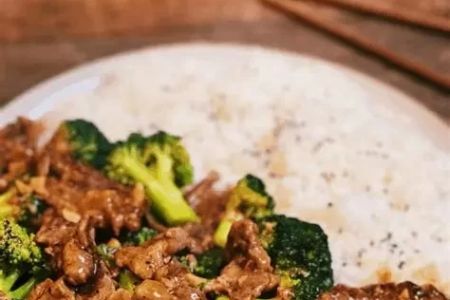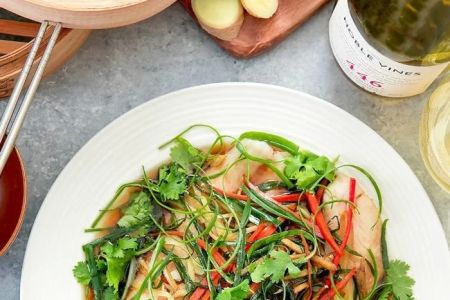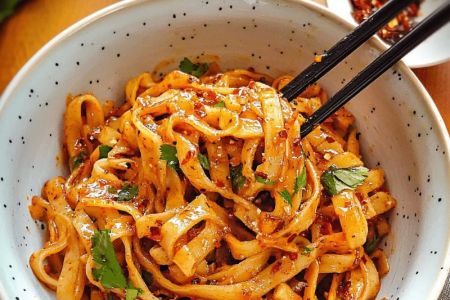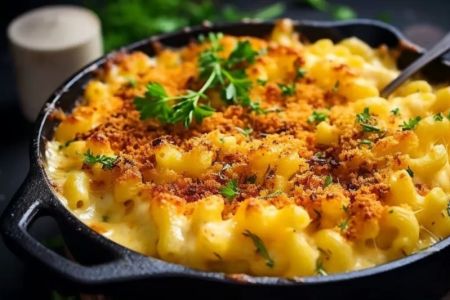- 1 - chinese-new-year-in-america - #chinese-new-year-in-america - roots-of-celebration-and-cultural-adaptation
- 2 - symbolic-dishes - #symbolic-dishes - traditional-foods-and-their-meanings
- 3 - evolution-in-america - #evolution-in-america - how-food-traditions-adapted-over-time
- 4 - modern-practices - #modern-practices - chinese-new-year-food-in-today’s-american-households
- 5 - stories-and-examples - #stories-and-examples - cultural-connections-through-food
- 6 - finding-authentic-flavors - #finding-authentic-flavors - keeping-the-traditions-alive
1) Roots of Celebration and Cultural Adaptation
The Chinese New Year, also known as the Lunar New Year, has been celebrated for centuries as a time of renewal, family gatherings, and symbolic traditions. When Chinese immigrants arrived in America in the 19th century, they brought with them their festive customs and food rituals. These food traditions not only preserved cultural identity but also adapted to local ingredients and tastes, creating a unique blend of Chinese and American influences.
2) Traditional Foods and Their Meanings
Each dish served during the Chinese New Year carries symbolic meaning. Dumplings, shaped like ancient coins, symbolize wealth and prosperity. Whole fish represents abundance, while longevity noodles stand for a long and healthy life. In America, these traditions were carried into Chinatowns and family homes, often modified slightly due to ingredient availability but still deeply rooted in cultural symbolism.
3) How Food Traditions Adapted Over Time
Over the decades, Chinese New Year food traditions in America evolved. For example, in the early days, families substituted locally available vegetables or meats when traditional ones were scarce. Later, as Asian markets expanded, authentic ingredients became easier to find, reviving traditional recipes. At the same time, fusion dishes began appearing, blending American culinary styles with Chinese symbolic foods—think orange chicken at festive gatherings or bao buns with modern fillings.
4) Chinese New Year Food in Today’s American Households
Today, Lunar New Year celebrations in the U.S. have grown far beyond Chinese communities. Families across the country enjoy symbolic dishes, and even mainstream grocery stores market dumplings, rice cakes, and noodles during the season. Restaurants often offer special holiday menus that feature traditional foods like Peking duck or sticky rice desserts, giving both Chinese Americans and curious food lovers a chance to celebrate together.
5) Cultural Connections Through Food
A popular story comes from San Francisco’s Chinatown, where the Lunar New Year parade and food festivals have drawn locals and tourists alike for decades. Generations of families share memories of cooking dumplings together, passing recipes from grandparents to grandchildren. These personal stories highlight how Chinese New Year food traditions in America serve not just as meals, but as bridges connecting family history, culture, and identity.
6) Keeping the Traditions Alive
In 2025 and beyond, there is a growing interest in preserving authentic cultural practices while still embracing innovation. Exploring local Chinese markets or trusted platforms such as Chinese Food can help families and food lovers discover authentic ingredients and recipes. By supporting authentic sources, individuals can enjoy the symbolic meaning of dishes while keeping the traditions alive for future generations.


